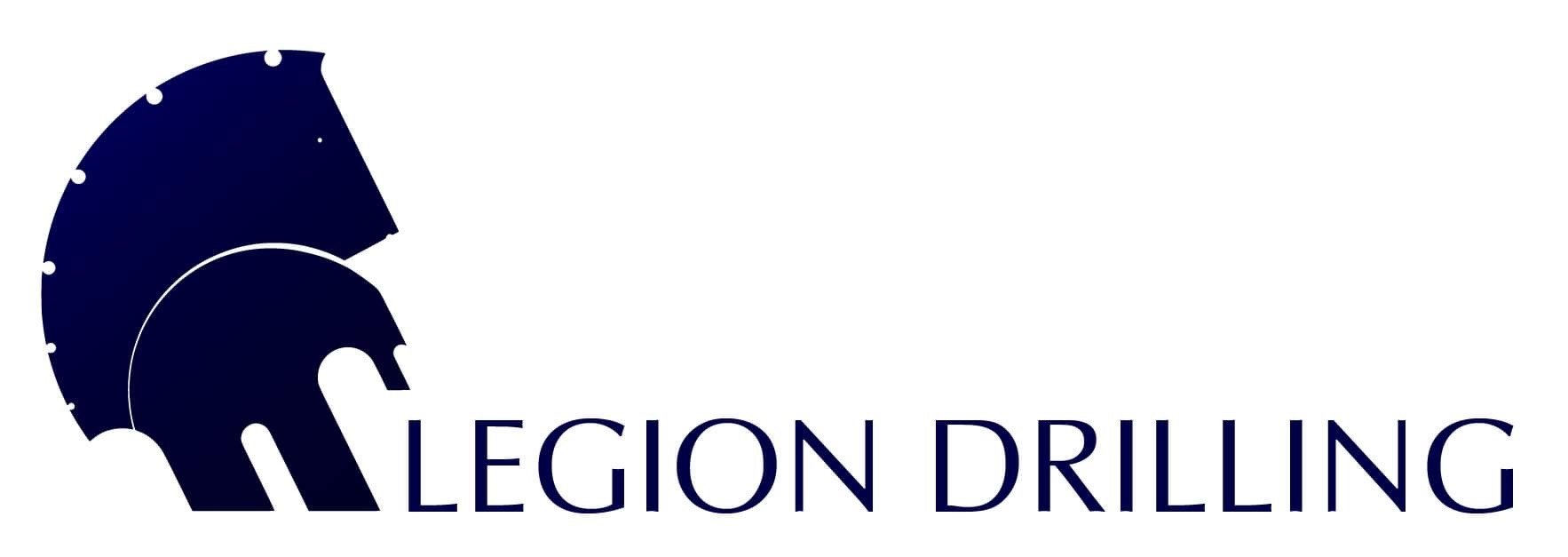Remembering our first webinar: Activated Carbon Injection using BOS 200® for In-Situ Remediation of Petroleum Hydrocarbons
BIOLOGICAL- AND CARBON-BASED REMEDIATION SOLUTION for in-situ remediation of lnapl-contaminated sites and PETROLEUM HYDROCARBONS
The first Legion Drilling webinar, featuring Mike Mazzarese from our US-based partner AST Environmental and ran back in 2022, focused on the application of BOS 200®, a biological and carbon-based solution designed for trapping and treating petroleum hydrocarbons in contaminated sites. BOS 200® operates as a complete remediation system, utilising an activated carbon platform and is injected as a slurry at high pressure. The high-energy injection technology is versatile, applicable across various geological scenarios, from gravelly and sandy aquifers to low-permeability media and bedrock environments.
Activated Carbon Injection, High-Energy Injection of Remedial Amendments, In-Situ Remediation, High-Resolution Site Characterisation (HRSC), Remedial Design Characterization (RDC)
During the webinar, Mazzarese provided insights into the properties of activated carbon, emphasising its various sources such as coal, coconut, and wood, each with distinct absorption characteristics. The discussion touched upon the different pore sizes within activated carbon—macro, meso, and micro—and their relevance in contaminant absorption and movement.
A key point highlighted was the importance of understanding the absorption capacities of different types of carbon, being BOS 200® and BOS 100® products coal-based and manufactured by Calgon Carbon in the US. Mazzarese explained that the carbon is activated either physically or chemically to create internal surface area crucial for effective trapping of petroleum hydrocarbon contaminants such as petrol, diesel, kerosene-type jet fuel or crude oil.
Designing Effective Injection Strategies
Mike Mazzarese emphasised the importance of the conceptual site model in designing effective injection strategies. The laboratory support provided insights into mass balance experiments, demonstrating the absorption capabilities of the BOS 200® activated carbon. The reduction percentages in benzene and other BTEX compounds at different time intervals highlighted the effectiveness of the technology, with clear evidence of bacterial degradation. The webinar delved into the growth of petroleum-degrading microorganisms and bacteria on activated carbon, demonstrating its significance in the treatment mechanism. Mazzarese emphasised the role of bacteria in inhabiting the pore space, particularly within the macro and mesopore structures of activated carbon.
The absorption capacity discussion shed light on the preferential absorption of contaminants based on their molecular weight and complexity. Mazzarese provided examples, emphasizing that certain contaminants are more efficiently absorbed, impacting the design considerations for remediation projects.
The concept of "rollover," referring to the kicking off of contaminants from activated carbon, was elucidated through a simple experiment. The presenter demonstrated how contaminants like xylene and vinyl chloride interact with activated carbon over time, affecting their concentrations in the aqueous phase.
"Trap and Treat" Concept
Moving into the "trap and treat" concept, Mazzarese explained two main applications: reactive barrier walls for limiting mass flux and source treatment for dealing with sorbed phase contaminants. The discussion touched on the versatility of BOS 200® in addressing both hydrocarbons and chlorinated contaminants.
The proof of concept for the treatment aspect was addressed, highlighting how to demonstrate degradation once the technology is deployed in the subsurface. Various techniques such as total mass reduction, groundwater data analysis, and microbial diagnostics and CSIA were presented as methods to evaluate the effectiveness of the treatment.
Applicability
Mazzarese discussed the applicability of the technology in different geological scenarios, emphasising the flexibility of design options based on project goals and budget considerations. The webinar followed with a brief overview of the technology's application range, covering overburden geology, technology overview of BOS 100® and CAT 100®, and a detailed description of BOS 200®. The advantage is that we can deliver the activated carbon slurry under pressure into targeted zones, ensuring better contact and distribution. This is particularly beneficial in heterogeneous subsurface environments where the mass is distributed across various lithologies. The presentation also touched on the pre-drill method's success, demonstrating its application in overcoming shallow direct push refusal. Practical considerations, such as hydration time and maintaining a good annular seal, were stressed.
The discussion on conceptual site model development emphasised the need for a fresh perspective on site data. The importance of understanding site-specific conditions, such as lithology and contaminant mass distribution, was highlighted to tailor the approach effectively. Legion Drilling's RDC process, involving supplemental sampling, high-resolution site characterisation (HRSC) using direct sensing technology like MIP, HPT and LIF-UVOST, and high-density soil and groundwater sampling, plays a crucial role in refining conceptual site models. The incorporation of HRSC direct sensing tools and strategic sampling aimed to enhance the accuracy of site characterisation.
The field design section detailed the use of direct push injection grids, either in triangular patterns or permeable reactive barrier (PRB) setups, to ensure optimal distribution. The injection is performed using a small-footprint setup and a Geoprobe® direct-push rig, which can also be used for sampling, HRSC, remediation and monitoring well installation. Longevity and continuous treatment were emphasised, especially in sites with significant mass and possibly LNAPL. The cost-effectiveness of the process was underlined through savings achieved in field designs by optimising the injection footprint based on a well-defined conceptual site model.
The webinar concluded with an overview of slurry injection, comparing it to liquid-based methods like chemical oxidation. Slurry injections, with higher flow rates and pressures, emerged as an improved option for heterogeneous environments where traditional liquid injections might face limitations.
In summary, Legion Drilling's webinar provided valuable insights into the application of high-energy injection of activated carbon BOS 200® for petroleum hydrocarbon in-situ remediation. The emphasis on conceptual site model development and field design highlighted the systematic and effective approach Legion Drilling employs in their in-situ remediation projects.
Check out other technical webinars organised by Legion Drilling here.
